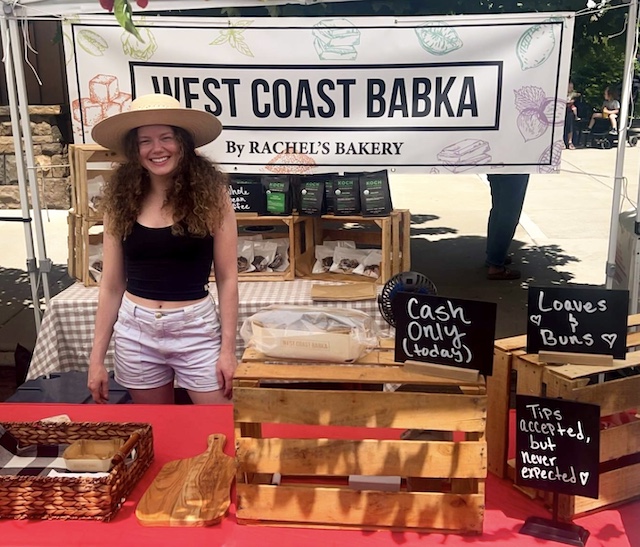U.S. men’s alpine team using go-karts for offseason training
Published 5:00 am Sunday, July 17, 2011

- Pro race driver Gunnar Jeannette starts the engines for U.S. ski team members during training with high-speed go-karts Wednesday at Miller Motorsports Park in Tooele, Utah.
TOOELE, Utah — This was no mirage in the desert southwest of the Great Salt Lake.
U.S. men’s alpine ski team member Nolan Kasper zipped up his downhill racing suit, donned a helmet and accelerated through each turn — on a high-speed go-kart.
“It’s a group of young athletes, and whenever you get a bunch of guys together, we’re all going to be competitive,” said three-time Olympian Marco Sullivan, one of the team’s elder statesmen at 31. “Whether we’re on snow or karts or bikes, we’re pushing it.”
The team will cross the international dateline next month to train on New Zealand’s wintry slopes. Before they get there, they’ll already have had plenty of cross-training as they gear up for the World Cup season that starts in late October.
Team members bicycled from California’s Napa Valley to the Pacific Coast and back last month, flipped tires and swung sledgehammers in a strong-man competition this week, and even butted heads on the rugby field.
While those activities were designed to test their conditioning and boost team unity, the go-karts at Miller Motorsports Park in theory presented an opportunity to hone technical skills.
“It’s a tremendous transfer of skills for a bunch of reasons,” said Sasha Rearick, men’s alpine head coach, who raced right along with his skiers Wednesday at the road course 35 miles west of Salt Lake City. “The line in any kind of motor racing or ski racing is very similar. The principles and tactics are the same. You have to be patient in the turn. You have to look for the apex, and carry speed out of the apex.”
He said kart racing also forces skiers to look ahead more so they can get their bodies in perfect position in turns.
This week’s four-hour session was arranged by Tom Eckfeldt, a former professional motorcycle racer who is in his fourth year as the men’s alpine speed coach.
“We’re talking fractions of a second when you’re talking world-class athletes,” Eckfeldt said. “Those guys being able to execute every turn (is critical). They rely so much on instinct and old habits. When you get them out of their element, they’re able to understand and get educated a lot quicker. So we’re constantly trying to challenge them.”
Skiers were happy to oblige even if the karts were a tough fit for some, such as World Cup racer Steven Nyman, who stands 6-foot-4.
“I tried to get low in the tuck position in the straightaways … but I don’t think I was a step ahead of anybody,” quipped Nyman, who also spun out and was rear-ended by teammate Mark Engel on the first lap.
“But you definitely take something from this. It’s all about momentum, figuring out that line and remaining focused.”
The advantage on the go-karts, which top out at 45 mph, usually went to the lighter, smaller racers.
Then there was the 5-8 Kasper, who took his first World Cup podium last season.
He showed up in the 90-degree heat wearing his form-fitting downhill racing suit.
“He’s a character,” Nyman said. “He always has something he pulls out of his bag. I guess it’s working. He was crushing us the last time around (the course).”
Kasper finished last season strong and is hoping to build off that by working hard this summer.
But he also was enjoying the camaraderie, especially the bonding that came from riding nearly 400 miles in California in June, and camping together each night.
“We travel together all winter and it’s all racing and all business,” Kasper said. “This was a lot of fun.”
Of course, while the Napa trip aimed to give the guys a good aerobic workout, 2010 Olympic super-G bronze medalist Andrew Weibrecht said the ride didn’t turn out to be quite as mellow as coaches planned.
“On paper, that was the idea, a low-cardio ride,” said Weibrecht, who is back near full strength after shoulder surgery in March 2010 and a second in January. “It was much more intense than that. That’s what happens when you get 15 guys that are Type A.”
They’ll need that intensity when the World Cup season begins, especially with such a diverse team.
“We have a really strong team depth-wise,” said Rearick, noting 17 will race the World Cup circuit full time this season. “We have a young team, but we also have a couple of guys with great experience.”
He is counting on four-time World Champion and five-time Olympic medalist Bode Miller and Ted Ligety, the 2006 Olympic gold medalist and three-time World Cup giant slalom champ, though neither attended the go-kart training.
Sullivan also is finally injury-free and trying to regain top-15 form after missing most of last season because of a concussion. And Nyman is feeling the best he has in years about his body and equipment.
“Those are important guys to have on the team for leadership,” Rearick said. “And Weibrecht is still young.”
Even younger racers such as Will Gregorak (20), Tommy Ford, of Bend, and Kasper (both 22) show promise.
Rearick, who heads to New Zealand a few weeks ahead of the racers, will soon get to see them all again on the slopes.






